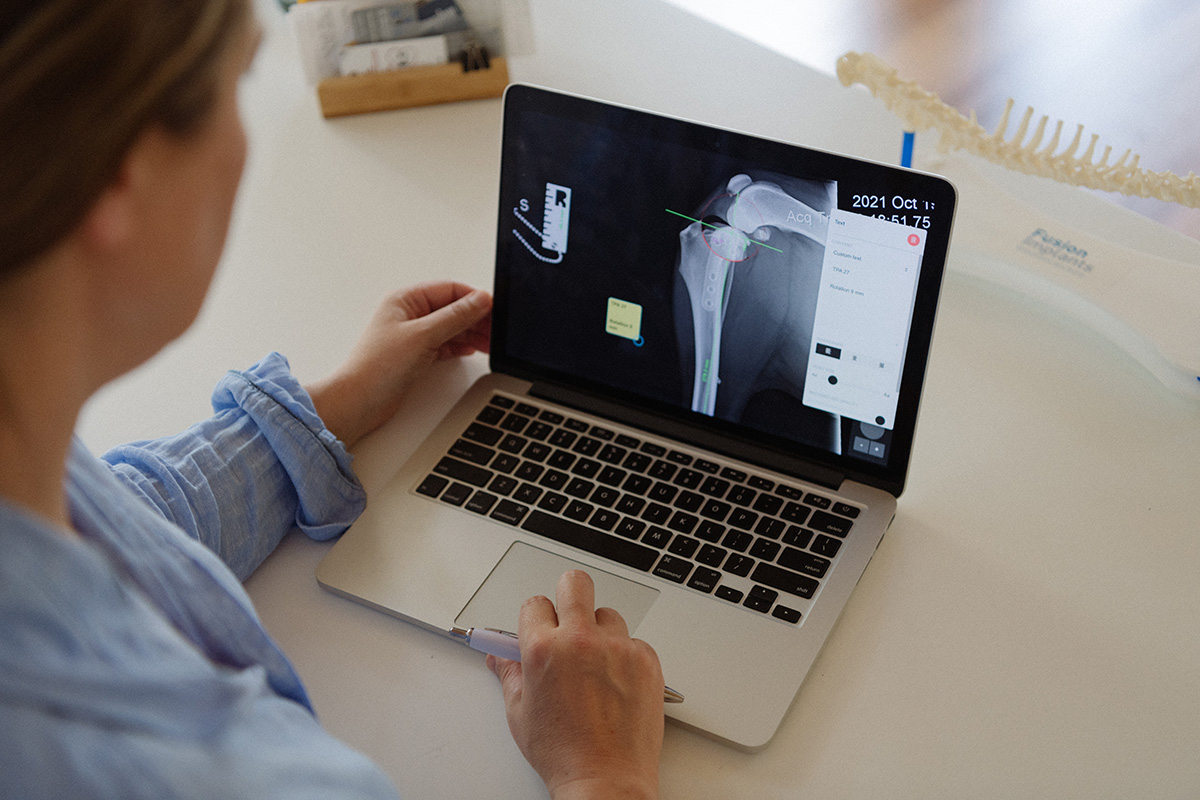A dog’s knee contains several important ligaments. The cruciate ligaments form a cross joint inside the joint. Anterior means close to the front. The anterior cruciate ligament (ACL) is prone to degeneration, fraying, and rupture. There are certain breeds that have higher risks. Early-onset cruciate is coded into the genes of several popular breeds such as boxer, bulldog, Labrador, rottweiler, and Newfie.
Regardless of your breed, there are typical signs to look for:
Lameness – It can be subtle making it difficult to spot. It is often easier to detect lameness when a dog is standing or sitting. The leg hovers when standing or kicks out when sitting.
Exercise intolerance – Many affected dogs remain keen to exercise. They often pay a price for running and jumping. Stiffness and lameness typically worsen after resting following a run.
The swerve ball – Dogs diagnosed with hip dysplasia as puppies often have delayed diagnosis of cruciate injury as adults. Lameness is mistakenly attributed to hip arthritis when a cruciate ligament injury is the true culprit. When both conditions are present in the same dog, cruciate injury is almost always the cause of lameness.
Complete cruciate ligament rupture is diagnosed using a manipulated test called a cranial draw. The test can be difficult in some dogs with partial tears. If in doubt, the cranial draw test can be repeated under sedation. Other tests, including x-rays, can be used to confirm the diagnosis. CT scans and MRI are rarely necessary.

